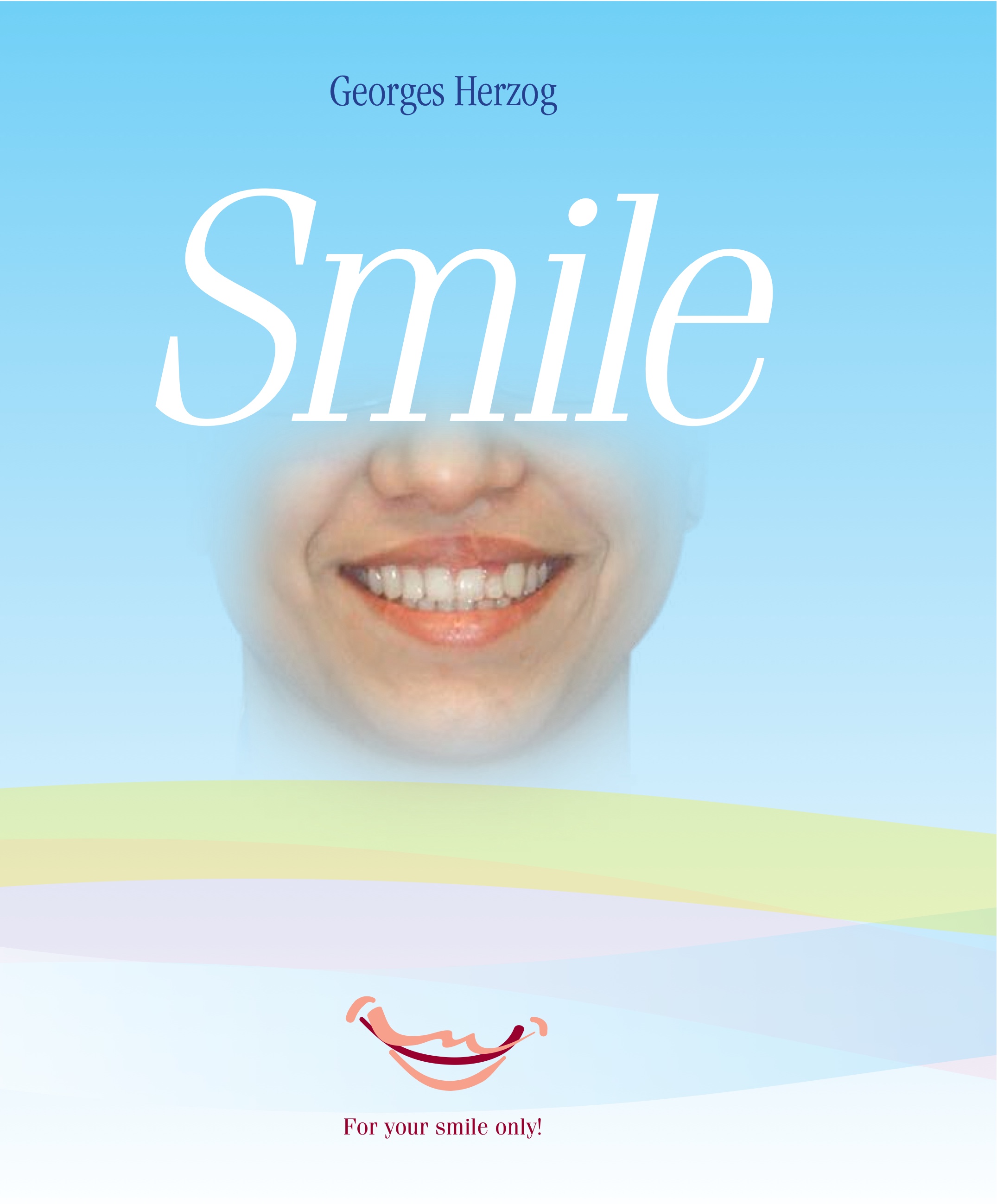SMILE
So many questions …
In the US, statistics show that every year 150,000 babies are born with a congenital malformation. That’s one in 28 babies! It can be assumed that Europe has comparable figures, proportionally. Of the thousands of known malformations, only a small percentage has a known origin or cause. Genetics and the environment play a significant role, sometimes individually, often together.
From conception to the end of pregnancy, innumerable disorders and accidents, at all stages of development, can be responsible for problems to the embryo or fetus. The most serious malformations, incompatible with survival, occur during the first weeks after conception and thus affect the embryo.
The most common congenital malformations affect the heart, central nervous system, urogenital system and limbs. Some of them leave serious functional consequences, affecting the quality of life. We particularly think of cardiac malformations, those of the central nervous system (cerebral palsy, spina bifida).
Facial clefts are the most common congenital facial malformations.
Their sequelae are numerous and varied, in number as in severity; they require the intervention of many specialists, require sometimes long treatments, but they do not put the baby’s life in danger and a normal quality of life is possible in the vast majority of cases.
A facial cleft strikes the baby’s entourage by its visibility. This visibility is relayed by the brutality of its popular name: hare lip. This term should be abandoned, being quite rude and inadequate. Unworthy of the little human being who is affected by it, the victim of an embryological accident of which no one – neither his parents nor the baby himself – can be held responsible.
The baby and his parents deserve respect and support, and empathy. The public, in the broad sense, needs to be better informed. Ignorance and superstition have for too long increased the pain of families in which one or more members have been affected by this malformation.
These congenital anomalies are the result of an embryological accident, the causes of which are not yet perfectly known but whose sequelae, more or less severe, can now be very efficiently treated, corrected or even eliminated.
Sequelae of multiple facial clefts affect many tissues, organs and systems.
On the aesthetic level: the teeth, the lips, the nose. On a functional level: feeding, speech, breathing. And also on the psychic well-being and, sometimes, social integration.
The treatment of these multiple sequelae must therefore be multidisciplinary. Assured by a team bringing together specialists from the different fields concerned, working together to offer the best care according to the priorities, needs and requests of the patient and his parents. The multi-disciplinary concept, which has largely proved its effectiveness, is today universally accepted.
Members of the Cleft Lip and Palate (CLP) multi-disciplinary team must be experienced and skilled. Centralization and organization are required. To maintain a high level of competence, the multi-disciplinary team must be able to follow a large number of patients, because the sequelae are not only multiple, but still very variable according to the type and severity of the cleft. A team that only follows a few new cases each year could unfortunately not claim to offer the best possible level of care.
The need for information being among the first priorities of parents and entourage, we would like to recommaend a book that addresses these issues in a condensed but comprehensive way, in a language understandable by the wider public, and offering abundant iconography making its reading attractive and informative.
to download a preview, please click on the link below:
SMILE download a preview
to order one copy online:
